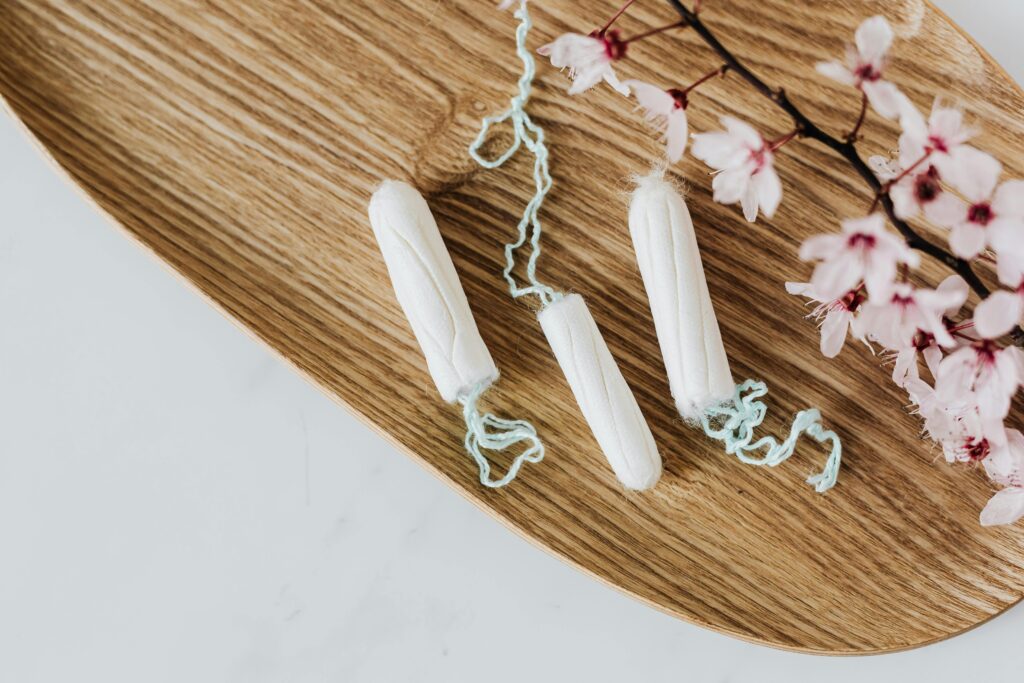Tampons 101: A Complete Guide to Using Them Safely and Comfortably
Tampons are one of the most popular menstrual products worldwide. Their compact size, discreet nature, and ability to provide leak-free protection make them a favorite for many. However, for first-time users or those looking to switch to tampons, the idea of using them can seem intimidating. This comprehensive guide will walk you through everything you need to know about tampons, from choosing the right type to inserting and removing them safely and comfortably. What Are Tampons and How Do They Work? A tampon is a small, cylindrical product made of absorbent material (usually cotton or a cotton-rayon blend) designed to be inserted into the vagina to collect menstrual blood. Unlike pads, which sit outside the body, tampons offer internal protection, providing greater freedom of movement during activities like swimming, exercising, or simply going about your day. Each tampon comes with a string attached to its base, allowing for easy removal. Many tampons also feature applicators—plastic or cardboard tubes that help with smooth insertion—making them beginner-friendly. Benefits of Using Tampons Tampons offer numerous advantages, such as: Choosing the Right Tampon for You Tampons come in various sizes, absorbencies, and applicator styles. Choosing the right one is crucial for both comfort and effectiveness. 1. Absorbency Levels Tampons are available in different absorbency levels to suit varying flows: It’s best to use the lowest absorbency that matches your flow to reduce the risk of Toxic Shock Syndrome (TSS), a rare but serious condition linked to tampon use. 2. Applicator or Non-Applicator 3. Consider Comfort Features Some tampons are designed with features like smooth tips, soft material, or a contoured shape to make insertion easier and more comfortable. Step-by-Step Guide to Using a Tampon 1. Preparation 2. Get Into a Comfortable Position Finding the right position is essential for easy insertion. Popular options include: 3. How to Insert the Tampon The insertion method depends on whether you’re using an applicator or a non-applicator tampon. Using an Applicator: Using a Non-Applicator Tampon: 4. Check for Comfort Once inserted, you shouldn’t feel the tampon. If it feels uncomfortable or causes irritation, it might not be placed far enough inside. In this case, remove it and try again with a new tampon. How to Remove a Tampon Removing a tampon is a simple process: When to Change Your Tampon Tampons should be changed every 4 to 8 hours, depending on your flow. Never leave a tampon in for more than 8 hours, as this increases the risk of Toxic Shock Syndrome (TSS). Signs that it’s time to change your tampon include: Troubleshooting Common Tampon Issues 1. Discomfort During Use 2. Difficulty Inserting 3. Difficulty Removing Frequently Asked Questions About Tampons Q: Can virgins use tampons?Yes, virgins can use tampons. Tampons don’t affect the hymen or your virginity, as virginity is a concept tied to personal experience, not anatomy. Q: Can you sleep with a tampon in?Yes, but ensure you use one with appropriate absorbency and remove it within 8 hours. If you prefer longer wear, consider using a pad overnight. Q: What should I do if I forget to remove a tampon?If you suspect a tampon has been left in, remove it as soon as possible. If it’s been in for an extended period or causes unusual symptoms like a foul odor, fever, or discomfort, seek medical attention immediately. Tips for Tampon Use When to See a Doctor Seek medical advice if you experience: Conclusion Using tampons can provide unparalleled freedom and convenience during your period. While it might take some practice to get the hang of inserting and removing them, the benefits are well worth the effort. By following this guide and listening to your body, you’ll soon find tampons to be a reliable and comfortable menstrual product.
Tampons 101: A Complete Guide to Using Them Safely and Comfortably Read More »

